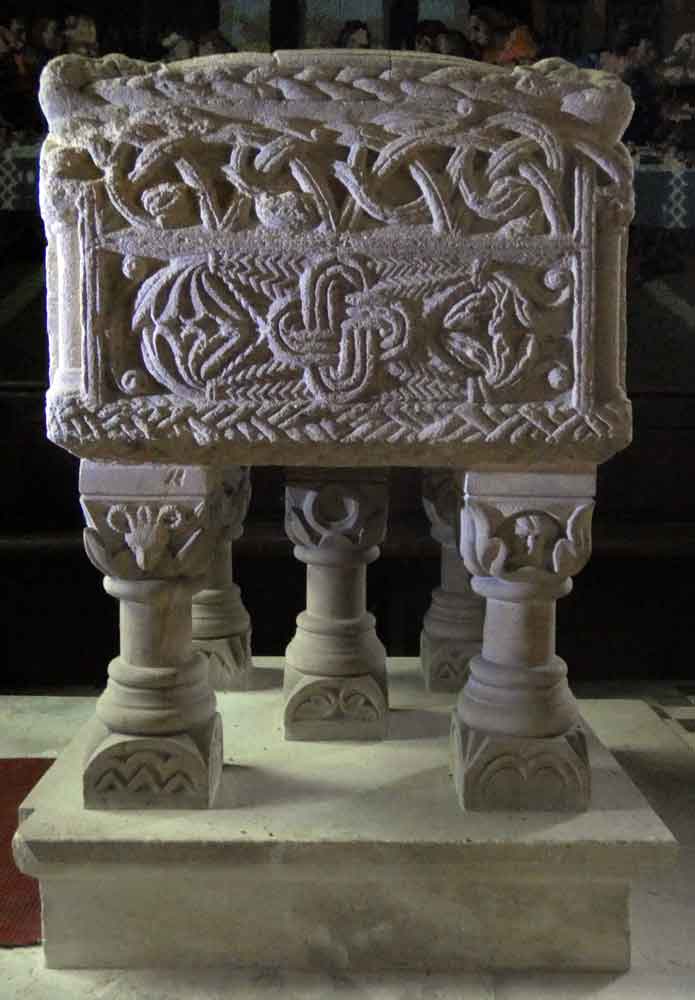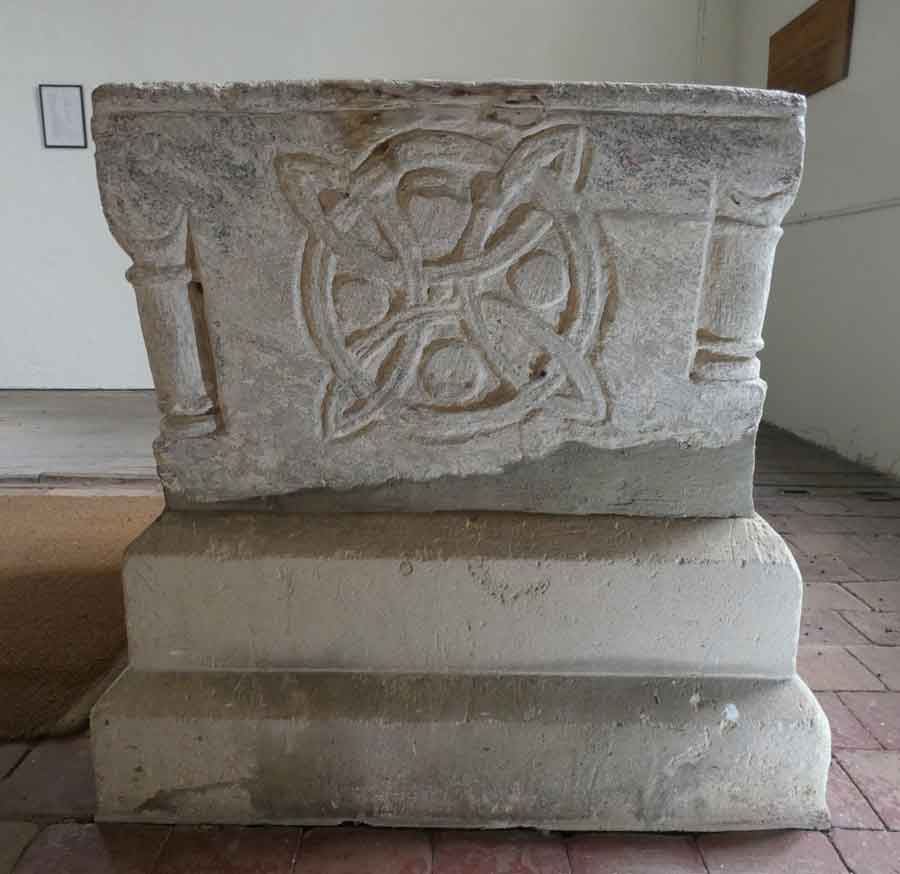Remember back when we were all allowed out, and could visit places?
Nope. Me neither...
So I thought we could all take a virtual trip to look at some medieval wonders.
But as I'm setting the bar low, and am biased, I thought we'd go to Kings Lynn.
A short thread.
Nope. Me neither...
So I thought we could all take a virtual trip to look at some medieval wonders.
But as I'm setting the bar low, and am biased, I thought we'd go to Kings Lynn.
A short thread.

For those of you who don't know, Kings Lynn is stuck out in the east of England, and has been a major port since at least the Middle Ages.
Today it's sandwiched between the Fens, the Wash, and Norfolk.
It gets a bit overlooked obviously...
Today it's sandwiched between the Fens, the Wash, and Norfolk.
It gets a bit overlooked obviously...

But the port was always the key to the town, as it brought in fairly massive wealth.
Kings Lynn was the first UK town to join the powerful trading federation - the Hanseatic League.
Their C15th warehouses survive to this day.
Kings Lynn was the first UK town to join the powerful trading federation - the Hanseatic League.
Their C15th warehouses survive to this day.

The town was originally called Bishops Lynn, but in 1204 'bad' King John granted the town a charter - and Kings Lynn was born. 

King John returned to the town in October 1216, for much feasting and celebration - possibly here at the Trinity Guildhall, before departing across the fens for Newark.
As a souvenir the townspeople gave him dysentery - and he died in Newark a week later.
As a souvenir the townspeople gave him dysentery - and he died in Newark a week later.

The main church in the town is St Margaret's (known as the Minster today). Partly dating back to the C12th it dominates one of the town market places.
And floods. Did I mention the flooding? A port remember...
And floods. Did I mention the flooding? A port remember...

The Minster is a bit stunning. Most amazing brasses in England, great parclose screen, good taper burn marks. Worth a visit. Take wellies...
St Margaret's church was also the home church for on of Kings Lynn's most famous residents. Margery Kempe.
St Margaret's church was also the home church for on of Kings Lynn's most famous residents. Margery Kempe.

That's right. Margery Kempe.
Known for dictating her book 'The Booke of Margery Kempe' - considered by some the first ever autobiography in English.
She was also a pilgrim, a nightmare travel companion, and a general pain in the a**e. Ask her husband.
Known for dictating her book 'The Booke of Margery Kempe' - considered by some the first ever autobiography in English.
She was also a pilgrim, a nightmare travel companion, and a general pain in the a**e. Ask her husband.

Medieval Kings Lynn was rich though. Home to all the main orders of Friars, and sections of stunning architecture remain as their legacy today, as here at Greyfriars tower. Grade 1 listed and a scheduled ancient monument. 

The growing prosperity of the town led to the building of town walls, of which the rather impressive South Gates still remains. State of the art, or just showing off, it includes examples of early gun-loops.
I used to play in here as a kid.
I used to play in here as a kid.

And then there is the Red Mount Chapel. A late medieval pilgrim chapel (covered in wonderful graffiti), that has also been used as an office, a gunpowder store, and as a fortification.
There is no match for it anywhere in England.
There is no match for it anywhere in England.

In the heart of the town lies the C15th St George's Guildhall - the largest surviving medieval guildhall in England, and the only theatre in the country that can absolutely prove the William Shakespeare played there.
shakespearesguildhalltrust.org.uk
shakespearesguildhalltrust.org.uk

A mere stone's throw away is the magnificent Clifton House. With medieval origins, the merchant's house is perhaps best known today for its magnificent late C16th tower - allowing its owner to view shipping arriving along the nearby river. 

The present owners of Clifton House (pleasant couple. Seem to know a bit about heritage...) have carried out extensive renovations and restorations, bringing the house and tower back to its former glory.
historichouses.org/houses/house-l…
historichouses.org/houses/house-l…

However, my favourite little medieval survival in Lynn (I can call it that - I'm local...) is St Nicholas' chapel.
One of the GREATEST urban medieval churches anywhere in England, it is today cared for by @TheCCT
visitchurches.org.uk/visit/church-l…
One of the GREATEST urban medieval churches anywhere in England, it is today cared for by @TheCCT
visitchurches.org.uk/visit/church-l…

Founded in 1146 as a 'chapel of ease', the magnificent gothic structure you see today is the result of centuries of rebuildings, and lots of cash from wealthy Lynn merchants.
The splendid carved angel roof is unquestionably one of the finest in the region.
The splendid carved angel roof is unquestionably one of the finest in the region.

St Nick's is just too crammed full of treasures to describe them all (ship graffiti in the south porch if you are interested) but my favourite has to be this rather unpresupposing late medieval brass eagle lectern. One of only 46 known to survive. 

So once this is all over, and you feel the need to feast your eyes on medieval splendours, spare a though for dear old Kings Lynn. A gem in the east, and the town that gave King John the fatal squits! 

• • •
Missing some Tweet in this thread? You can try to
force a refresh

























